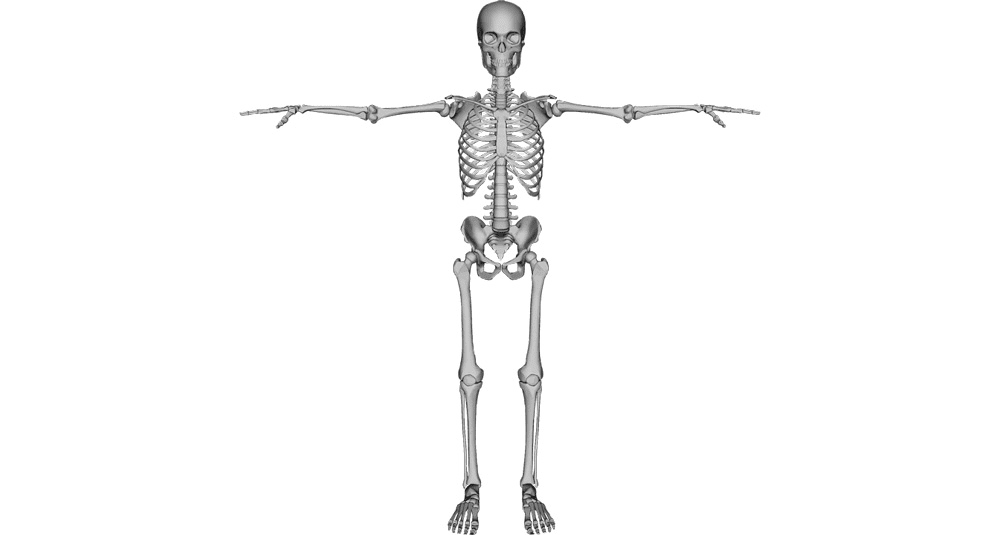What are coxal bones?
Last Updated:
The coxal bones are an essential part of the human skeleton, forming the pelvis with the sacrum and coccyx. Every human being has two coxal bones, one on the left and one on the right, which articulate at the back with the sacrum (sacroiliac joint) and at the front with each other at the symphysis pubis. These bones have a vital function: they connect the spine to the lower limbs and protect the internal organs in the pelvic cavity.
The coxal bone is a flat, irregular bone made up of three main parts which, in children, are separated by cartilage and do not fully fuse until adulthood. These three parts are :
- The ilium (or iliac bone): the upper and widest part, fan-shaped and forming the iliac crest that can be felt under the skin;
- Ischium: the lower, posterior part, on which we sit;
- The pubis: the lower, anterior part, which contributes to the formation of the pubic symphysis.
These three parts come together around a cavity called the acetabulum, a kind of cup that receives the head of the femur and forms the hip joint. It is this structure that enables movement of the lower limb.
The hip bones play several essential roles in the human body:
- Trunk support : The pelvis supports the weight of the upper body and transmits it to the lower limbs. It provides a stable base for the trunk, spine and internal organs;
- Articulation and mobility: Connected to the femur by the hip joint, the hip bones enable walking, running and standing. Thanks to the acetabulum and the spheroid hip joint, they offer great freedom of movement;
- Protection of internal organs: The pelvis formed by the hip bones protects vital structures such as the bladder, rectum and, in women, the uterus and ovaries;
- Muscle insertion: the hip bones serve as anchorage points for numerous muscles of the trunk, abdomen and lower limbs, contributing to posture and movement.
There are anatomical variations in the coxal bones between the sexes, linked to the reproductive function. In women, the pelvis is wider and more open, with a more spacious pelvic cavity to facilitate passage of the fetus during childbirth. The female coxal bones feature a wider ischial incisure, a more open pubic angle and a shorter, wider sacrum.
In men, the pelvis is narrower and deeper, with a more robust structure adapted to supporting a more massive body.
Like all bones in the skeleton, hip bones can be the site of fractures, particularly in the event of a fall or violent trauma. In the elderly, these fractures are often associated with osteoporosis. Other conditions can also affect this region, such as hip dislocations, congenital malformations or pain linked to muscular or postural imbalances.
The hip bones are the main bony structure in the pelvis, providing the link between the spine and the lower limbs, while playing a crucial role in supporting the body, ensuring mobility and protecting internal organs. Their complex anatomy and functional importance make them key elements of the human skeleton, essential for posture, locomotion and overall body stability.
sciences

What are coxal bones?
Answer
The coxal bones form the lateral part of the pelvis and articulate with the sacrum to support the spine and connect the lower limbs.